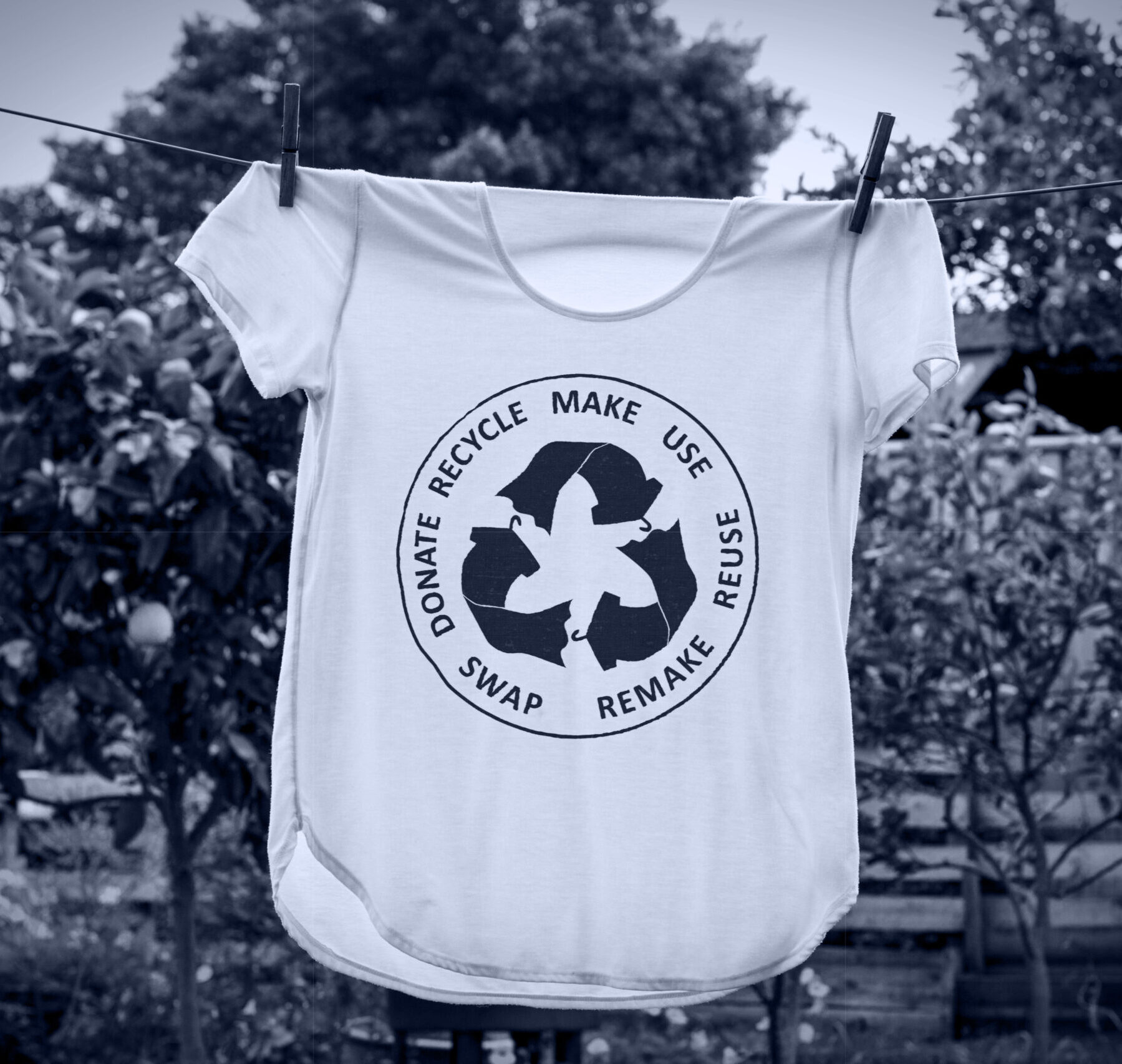Market
Market Opportunity
The global textile market is poised for significant growth, with a 27% increase expected from 2021 to 2030, driven by population growth and an expanding middle class (source: Materials Market Report 2023, Textile Exchange). Legislative changes in the EU, China, and the USA, along with initiatives from major clothing brands, create a conducive environment for innovative recycling technologies. EU, China, and the USA are implementing regulations and strategies to promote sustainable and circular textiles. McKinsey estimates a 60-70% demand-supply gap for recycled fiber in the EU by 2030. Textile Change is addressing a market gap with no full-scale implementation of similar technologies.
The textile industry is under a massive push for change.
The textile industry accounts for 10% of global greenhouse gas emissions
1, from the 92 million tons of textile waste produced every year
2. Nonetheless 87% of material used to make clothing ends up in landfill – one truck every second!
3
Sources:
(1) European Parliament:
(2) The environmental price of fast fashion, Nature Reviews Earth & Environment, April 2020 & TheRoundup.org.
(3) Ellen MacArthur Foundation.
Less than 1% of clothes are recycled
Less than 1% of clothes are recycled into new garments 3 due to complexity of textile waste and a lack of scalable recycling solutions. The massive resource waste must stop and EU directive 2018/851 mandates separate collection and recycling of textile waste by 2025 – prohibiting incineration and landfill and prompting a focus on textile-to-textile recycling. Compliance becomes paramount for industry players, aligning business practices with environmental responsibility
Technical challenges in textile recycling
Current recycling methods lacks product quality and scalability. Mechanical recycling poses durability issues, while chemical recycling encounters challenges in handling diverse chemical substances and blends of natural and synthetic fibres in textiles. Textiles also have a high chemical content (dyes, finishing chemicals, PFAS, etc.) that must be removed and neutralized without damaging the fiber materials (polyester, cotton, etc.).
Difference from competitors
While some recycling technologies have entered the market, they face limitations in handling textile blends of cotton and polyester. Our closest competitors are those who can process polyester-cotton blends. All of these either struggle with elastane and/or dye removal, or they rely on a method for destroying either the cotton or polyester fraction to save the other – meaning that a lot of material is lost. This is all challenges that our technology can overcome. Our technology stands out by preserving both natural and synthetic components in textiles, enabling a more efficient and sustainable process.


Address
Fredericiagade 21B
DK – 7100 Vejle
CVR: 41156899
Follow us:
Contact:
dh@textilechange.com
